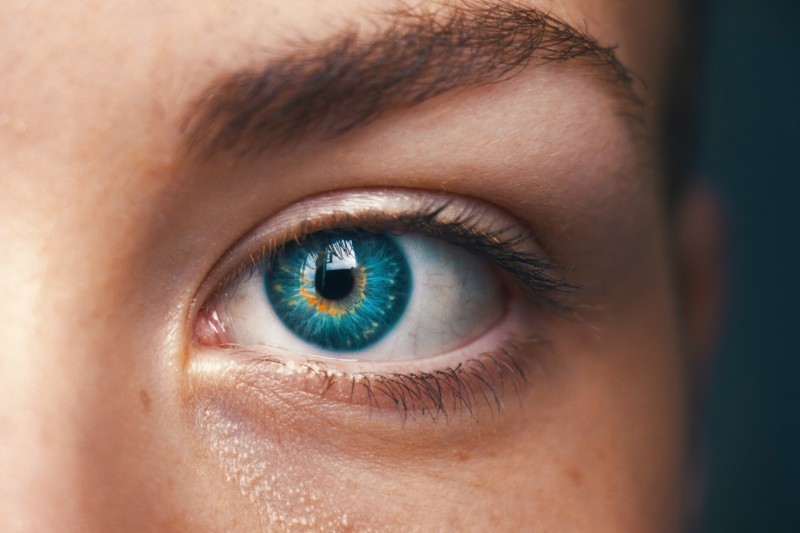Catchlights: The Small Detail that Can Make or Break Your Portraits
Photographer Joe Edelman has put together a helpful beginner’s guide that explains one of the most important (and easy to overlook) details in portrait photography: catchlights. These specular highlights can make or break your photo, and in this video, Edelman covers all of the basic “dos” and “donts” of catchlights in portraiture.
“Don’t overlook the importance of catchlights,” writes Edelman by way of introduction. “[They] play an important role in creating dimension and depth, and in adding life to a portrait by drawing attention to the eyes.”
That about sums it up: depth. A portrait without catchlights can easily look flat and lifeless, while a portrait with “weird” catchlights will immediately set a viewer on edge.
Edelman covers all of this in video, starting with the science of how we “read” emotion and interest in people’s eyes, then the physics of how catchlights are created, and finally, sharing some key tips for creating pleasing and natural looking catchlights that won’t distract your viewer.

“For most of my portrait lighting, I want catchlights that look natural and not distracting,” explains Edelman. “So, my general approach to catchlights is to keep them round and to keep them in the upper half of the eye – which means light coming from above.”
This sums up the basis of his advice. We’re all wired to expect lighting to come from above, not below, so keeping them round and in the top half of the eye will ensure they’re not distracting. It’s totally fine to divert from this and create something completely different, but make sure it fits the creative concept of my shot.
Finally, Edelman ends the video with some rapid fire tips, answering questions like “is it okay to have more than one catchlight per eye?” and “does pupil size matter?”
Check out the full video to dive into all of this and get more tips, tricks, and suggestions when it comes to catchlights. While advanced shooters might already know all of this (instinctively if not explicitly), this is a great introduction and beginner’s guide that new portrait photographers can really benefit from.